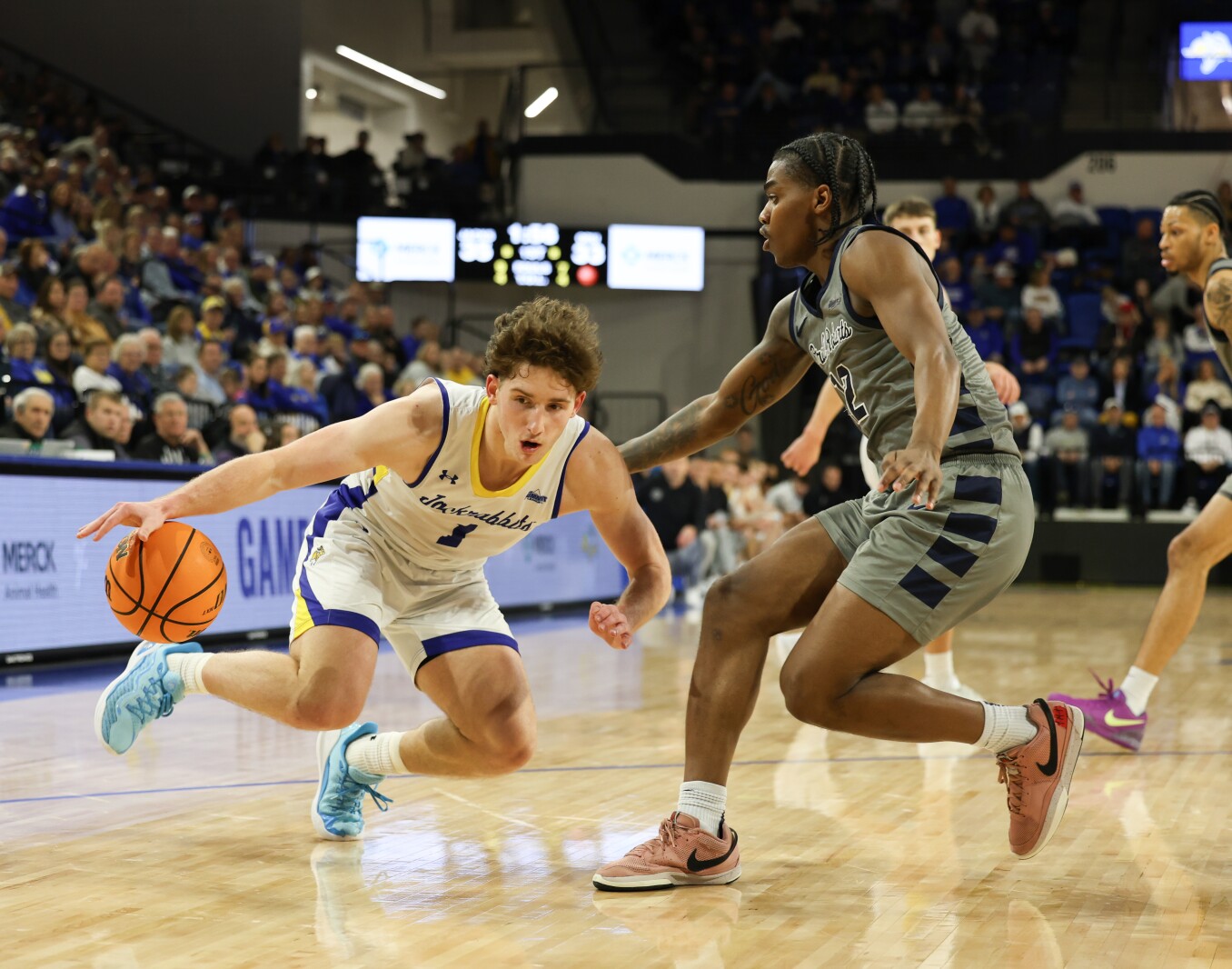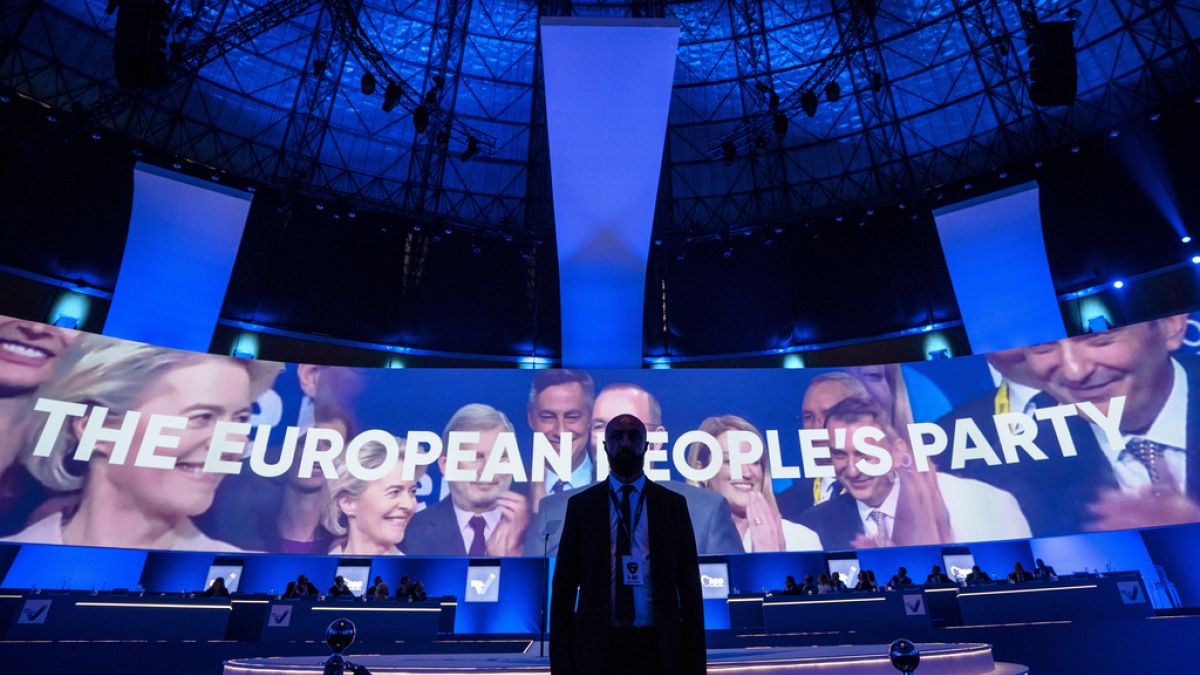Montana
Western Montana Fair Sets New Records for Attendance and Income

Missoula, MT (KGVO-AM News) – Organizers of the just-completed Western Montana Fair knew there would be impressive results for attendance and income for the 2023 event, but Events and Operations manager Billie Ayers told KGVO News that she was blown away by the numbers just released on Thursday afternoon.
“We know that from the PRCA (Professional Rodeo Cowboys Association); they provide us in analytics that tracks visitors and we know that we had 150,000 visits,” began Ayers. “Of those, 102,000 were unique visitors, which is about 20,000 over last year, so that means 20,000 new people experienced the fair over last year. Overall that’s about a 33 percent increase from 2022.”
Fair Sets New Records for Attendance and Income
Ayers provided more impressive numbers for the 2023 Western Montana Fair.
“Our food sales were up another 125,000, and that’s up 13 percent,” she said. “Our bar sales were up 16 percent. Again, adding the seating at the end of the grandstands gave us another 50,000 in additional revenue. The carnival did another $30,000 in additional revenue over and above the records that were set last year. So even when we put our budget before the commissioners, we kind of are still conservative on our revenue numbers. So when this all shakes out, we know we have every ‘T’ crossed, and ‘I’ dotted, that we hope to have a very satisfying report for the commissioners.”
A New Strategy to Provide Better Access to the Grandstands
Ayers said they worked on a strategy to keep access to the grandstands open despite so many people in line for their favorite fair food.
“We really had to figure out a way to get the food line separated from the people trying to get into the grandstands,” she said. “That’s why we built out the anchor food vendors such as Vikings, Lemonderry, Montana ‘cue and others in a way to pull people around, and new this year we provided an entire map just of what each food vendor was offering and where they were located, in addition to our schedule that also had a map.”
New Records were also set at the 4-H and FFA Livestock Sale
KGVO, which has supported the 4-H and FFA livestock sales over the years, also celebrates the results from this year’s fair.
“The 4-H livestock sale had another record-breaking year,” she said. “It takes a little while for all the added money to be counted and dropped off for each of the kids but it looks like it’s going to come in at $800,000 which is up $40,000 to $50,000 from last year. Those are just kind of some conservative numbers and we will know in about a month really where everything lines out.”
The Missoula County Commissioners decided several years ago to provide free admission to the fair, which also bolstered attendance.
LOOKING BACK: Being a Kid in Montana in the Summer

Montana
Fish and Wildlife Commission sued over open-meeting law, black bear quotas

The Montana Fish and Wildlife Commission was sued Friday for allegedly ignoring state open meeting laws when it approved eliminating some black bear hunting quotas in December.
The seven-member commission unanimously agreed at its Dec. 19 meeting to drop a rule that closed black bear hunting in certain hunting districts of northwest Montana if hunters killed more than 37% of the estimated female bear population there. The lawsuit, filed by wildlife and conservation group members from across the state, claims the commissioners failed to publish the proposal before the meeting and then took action on it without proper notice or public comment.
“I personally care a lot about black bears,” said Denise Boggs, lead plaintiff in the lawsuit and a former Fish, Wildlife & Parks wildlife division employee. “But we are litigating this because the public process and open meeting laws were violated.”
During a discussion of “corrections and amendments to black bear, antelope, deer bighorn sheep and boundary descriptions/clarifications” listed on the agenda during the December meeting, Region 2 Commissioner Jeff Burrows of Hamilton proposed the black bear rule change. It had not been included in the published agenda before the meeting, according to the lawsuit.
In the online recording of the meeting, Commission Chair Lesley Robinson said Burrow’s proposal was “one the public has not seen, which is perfectly fine. This is completely fine for the amendments to come at the meeting.”
Requests for comment to Robinson and Montana FWP spokesman Greg Lemon were not returned by Friday afternoon.
The change affected FWP Region 1 efforts to sustain black bear populations in northwest Montana. Region 1 Wildlife Manager Neil Anderson told the commissioners in December that hunters were particularly successful in the 2021 and 2022 seasons, killing about 1,500 black bears combined. But through 2023 and 2024, they only took about 900.
Region 1 Commissioner Pat Tabor of Whitefish said hunters were telling him that deer and elk populations were down in northwest Montana and they believed black bears were partly responsible.
“A slight decline in black bears is in order until we get stabilization in ungulates,” Tabor said during the December meeting. “I got a tremendous amount of traffic on this. We need to be more aggressive in predator management in Region 1.”
Region 3 Commissioner Susan Kirby Brooke of Bozeman added she thought over-large populations of black bears were the reason more residents in Kalispell and Columbia Falls were having bear conflicts at their homes.
“If the population is stable, they wouldn’t be coming into neighborhoods,” she said. However, FWP staff said those two things were not related.
“The challenges we have managing altercations with bears is largely independent of population size and hunting,” FWP game management Bureau Chief Brian Wakeling told the commissioners. “Hunting is not the primary method we use to address human conflict that arises from bear interactions or altercations.”
Anderson added that bear-human conflicts in neighborhoods had more to do with food supplies. In dry years when huckleberry crops are small, bears seek out human foods like unsecured garbage, bird feeders and dog food.
“It’s a little more complicated than just black bear numbers,” Anderson told the commissioners. “All the [residential] development is occurring in the valleys and riparian areas [that bears used to frequent]. People want to live there.”
Region 1 wildlife managers suggested the 37% female kill quota in January 2024. The move came in response to the recent extension of black bear hunting seasons, along with new opportunities to chase black bears with hounds. That likely meant more females getting killed, which raised the potential for a population downturn.
“We wanted to use this method for a couple years, and then come back to next year’s biennial season-setting with hard quotas, rather than this 37%,” Wakeling told the commissioners.
But Tabor, who recently retired from an hunter outfitting and guide company in northwest Montana, said he thought the 37% female kill quota was “uber-conservative,” and asked if a limit of 40% or 45% was possible.
Anderson replied that killing 40% of the females in a bear management unit was the expected threshold where populations could start crashing. The 37% point was chosen to avoid reaching that tipping point.
Mike Bader, a Missoula-based wildlife consultant and plaintiff in the lawsuit, said the divergences between what the commissioners proposed and what their FWP staff research showed was part of the reason why the U.S. Fish and Wildlife Service declined to delist grizzly bears from the Endangered Species Act last week. Federally protected grizzlies are often killed in encounters with black-bear hunters, and the FWS decision cited inadequate state regulatory controls on those hunters as a serious risk to grizzly survival.
“They just don’t seem ready to manage the species,” Bader said Friday. “They can’t just say ‘we’ll make adjustments and fix it next year.’”
A group of 40 wildlife experts made a similar point in a letter to the Fish and Wildlife Commission after the December meeting.
“This is management based on the whimsy of commissioners rather than on data, analysis and consultation with biologists on the ground,” the letter stated. “A particular irony in this case is that FWP recently initiated research to update our understanding of both black bear abundance and elk population dynamics in northwestern Montana. Rather than awaiting the results from FWP staff tasked with providing objective information, the commission moved forward based on some anecdotes they heard and their obvious personal bias against predators.”
During a public comment session later in the meeting, several speakers supported removal of the black bear quota. Two hunting outfitters noted it was difficult for hunters in the backcountry to know if their district black bear season had been closed early because the quota had been reached. They also said it was hard to book late-season hunting clients not knowing if the district might be closed before the regular season ended.
Mike Mershon, of the Montana Wildlife Federation, praised a different rule change involving bighorn sheep, but then added a warning about the commission’s process.
“These agenda amendments make it difficult to get it out to the public,” Mershon said, “so they can respond to developing amendments.”
Montana
Montana State Transfer Safety Dru Polidore Jr. Commits to Cal

Montana State transfer safety Dru Polidore Jr. announced on social media on Friday that he has committed to Cal.
Montana State was an FCS powerhouse this season, winning its first 15 games before losing to North Dakota State 35-32 in the FCS national championship game.
Polidore had narrowed his transfer choices to Cal and Stanford before choosing the Golden Bears and canceling his visit to Stanford.
The 6-foot-2, 180-pound Polidore had 35 tackles, two interceptions and one pass breakup in the 2024 season. He started eight games in 2023, and had one start while playing all 12 games in 2022 as a freshman. He has one year of college eligibility remaining.
Polidore orginally enrolled at the Air Force Academy in June 2021, but redshirted that season and entered the transfer portal in Ocober 2021. He transferred to Montana State in January of 2022.
Polidore is from Katy, Texas, and coming out of high school he had offers from Duke, Navy, Army, Louisiana-Monroe and New Mexico State as well as several Ivy League schools.
.
Montana
Montana Lottery Mega Millions, Lucky For Life results for Jan. 17, 2025
The Montana Lottery offers multiple draw games for those aiming to win big. Here’s a look at Jan. 17, 2025, results for each game:
Winning Mega Millions numbers from Jan. 17 drawing
08-10-37-54-69, Mega Ball: 22, Megaplier: 3
Check Mega Millions payouts and previous drawings here.
Winning Lucky For Life numbers from Jan. 17 drawing
01-04-06-09-46, Lucky Ball: 04
Check Lucky For Life payouts and previous drawings here.
Winning Big Sky Bonus numbers from Jan. 17 drawing
05-15-25-26, Bonus: 04
Check Big Sky Bonus payouts and previous drawings here.
Feeling lucky? Explore the latest lottery news & results
When are the Montana Lottery drawings held?
- Powerball: 8:59 p.m. MT on Monday, Wednesday, and Saturday.
- Mega Millions: 9 p.m. MT on Tuesday and Friday.
- Lucky For Life: 8:38 p.m. MT daily.
- Lotto America: 9 p.m. MT on Monday, Wednesday and Saturday.
- Big Sky Bonus: 7:30 p.m. MT daily.
- Powerball Double Play: 8:59 p.m. MT on Monday, Wednesday, and Saturday.
- Montana Cash: 8 p.m. MT on Wednesday and Saturday.
Missed a draw? Peek at the past week’s winning numbers.
Winning lottery numbers are sponsored by Jackpocket, the official digital lottery courier of the USA TODAY Network.
Where can you buy lottery tickets?
Tickets can be purchased in person at gas stations, convenience stores and grocery stores. Some airport terminals may also sell lottery tickets.
You can also order tickets online through Jackpocket, the official digital lottery courier of the USA TODAY Network, in these U.S. states and territories: Arizona, Arkansas, Colorado, Idaho, Maine, Massachusetts, Minnesota, Montana, Nebraska, New Hampshire, New Jersey, New Mexico, New York, Ohio, Oregon, Puerto Rico, Texas, Washington, D.C., and West Virginia. The Jackpocket app allows you to pick your lottery game and numbers, place your order, see your ticket and collect your winnings all using your phone or home computer.
Jackpocket is the official digital lottery courier of the USA TODAY Network. Gannett may earn revenue for audience referrals to Jackpocket services. GAMBLING PROBLEM? CALL 1-800-GAMBLER, Call 877-8-HOPENY/text HOPENY (467369) (NY). 18+ (19+ in NE, 21+ in AZ). Physically present where Jackpocket operates. Jackpocket is not affiliated with any State Lottery. Eligibility Restrictions apply. Void where prohibited. Terms: jackpocket.com/tos.
This results page was generated automatically using information from TinBu and a template written and reviewed by a Great Falls Tribune editor. You can send feedback using this form.
-
/cdn.vox-cdn.com/uploads/chorus_asset/file/25822586/STK169_ZUCKERBERG_MAGA_STKS491_CVIRGINIA_A.jpg)
/cdn.vox-cdn.com/uploads/chorus_asset/file/25822586/STK169_ZUCKERBERG_MAGA_STKS491_CVIRGINIA_A.jpg) Technology1 week ago
Technology1 week agoMeta is highlighting a splintering global approach to online speech
-

 Science1 week ago
Science1 week agoMetro will offer free rides in L.A. through Sunday due to fires
-
/cdn.vox-cdn.com/uploads/chorus_asset/file/23935558/acastro_STK103__01.jpg)
/cdn.vox-cdn.com/uploads/chorus_asset/file/23935558/acastro_STK103__01.jpg) Technology1 week ago
Technology1 week agoAmazon Prime will shut down its clothing try-on program
-

 News1 week ago
News1 week agoMapping the Damage From the Palisades Fire
-
/cdn.vox-cdn.com/uploads/chorus_asset/file/25826211/lorealcellbioprint.jpg)
/cdn.vox-cdn.com/uploads/chorus_asset/file/25826211/lorealcellbioprint.jpg) Technology7 days ago
Technology7 days agoL’Oréal’s new skincare gadget told me I should try retinol
-
/cdn.vox-cdn.com/uploads/chorus_asset/file/25832751/2192581677.jpg)
/cdn.vox-cdn.com/uploads/chorus_asset/file/25832751/2192581677.jpg) Technology3 days ago
Technology3 days agoSuper Bowl LIX will stream for free on Tubi
-

 Business5 days ago
Business5 days agoWhy TikTok Users Are Downloading ‘Red Note,’ the Chinese App
-
/cdn.vox-cdn.com/uploads/chorus_asset/file/25835602/Switch_DonkeyKongCountryReturnsHD_scrn_19.png)
/cdn.vox-cdn.com/uploads/chorus_asset/file/25835602/Switch_DonkeyKongCountryReturnsHD_scrn_19.png) Technology1 day ago
Technology1 day agoNintendo omits original Donkey Kong Country Returns team from the remaster’s credits



















